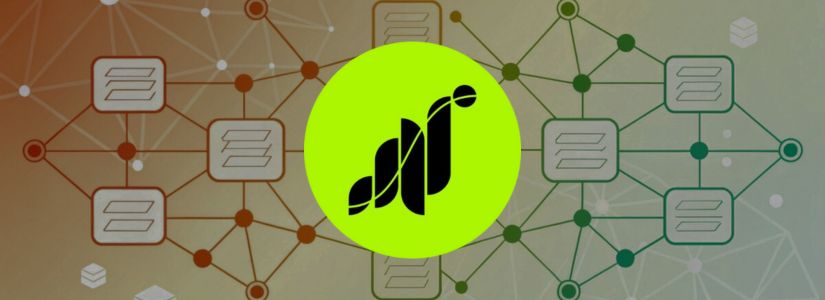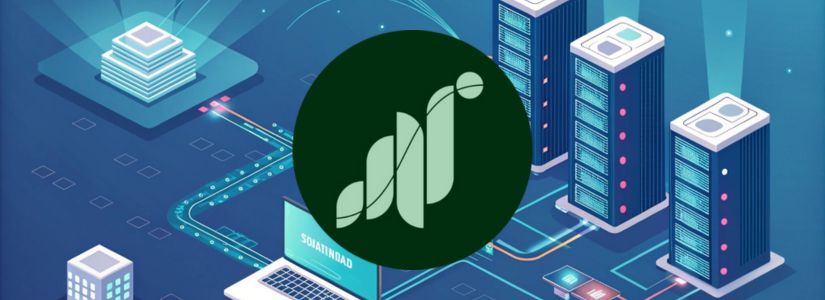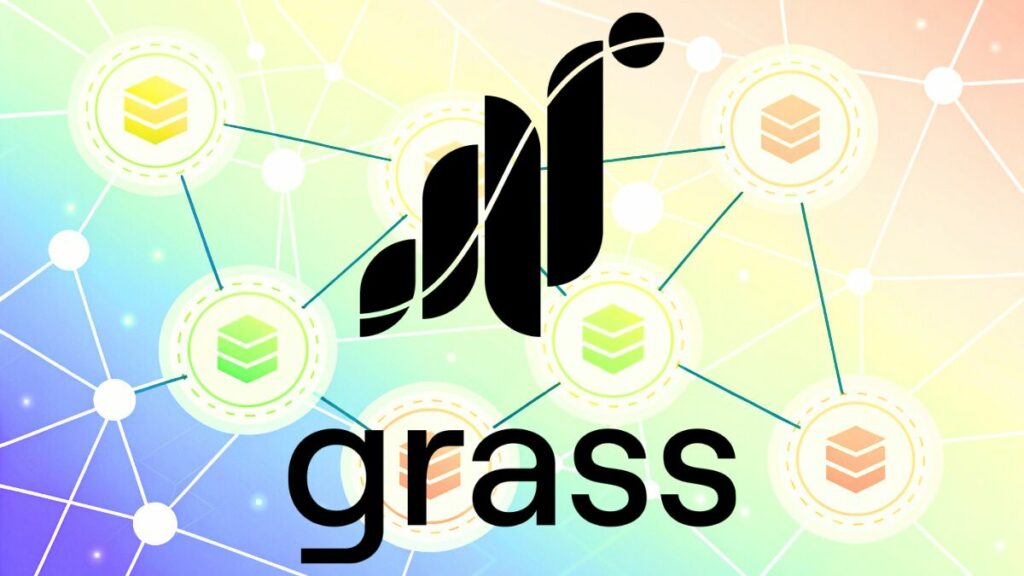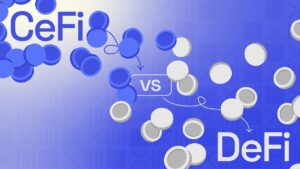In an era where digital innovation intersects with ethical imperatives, Grass Network emerges as a pioneering decentralized platform built on the Solana blockchain. Transforming idle internet bandwidth into a valuable resource empowers users to participate in a global data network while earning passive income.
What is Grass Network Crypto?

Grass Network Crypto is a decentralized blockchain based on Solana that allows users to monetize unused internet bandwidth by contributing to a global data network. Designed to support ethical AI development and web scraping, the platform converts idle bandwidth into a resource for collecting publicly available data, critical for training machine learning models.
By integrating blockchain technology, Grass Network guarantees transparency and fair compensation, rewarding users with its native token. This model democratizes passive income opportunities, enabling anyone with internet access to participate in decentralized data ecosystems.
Grass Network Crypto and Ethical AI Development
Grass Network tackles ethical challenges in AI data sourcing by establishing a decentralized framework for transparent, permissionless data collection. Unlike centralized systems, it avoids privacy violations by exclusively gathering publicly accessible information.
This ensures AI models trained on Grass Network data meet ethical standards, fostering trust in AI advancements. Built on Solana, the platform leverages high-speed transactions and low fees to deliver seamless micro-rewards.
Solana’s scalability also enables efficient handling of large-scale data requests and user contributions, positioning Grass Network as a robust solution for decentralized data economies.
Grass Network’s Native Token Ecosystem
The platform’s native token powers its reward system, incentivizing users to share bandwidth and sustain network operations. Tokens are distributed proportionally based on contributions, aligning user activity with ecosystem growth. This tokenomics framework promotes sustained involvement and the generation of value. Grass Network focuses on decentralization, removing centralized authority over data infrastructure.
By transforming users into stakeholders, it fosters a community-driven network where participants collectively shape AI and data economies. This shift from corporate-dominated systems to user-owned networks reimagines digital resource utilization.
How Does Grass Network Work?

Grass Network enables users to share unused bandwidth via a lightweight background application. Participants connect devices to the network, routing enterprise and research data requests through their IP addresses. This aggregated bandwidth forms a decentralized pool, facilitating large-scale web scraping and data collection for AI training without centralized servers.
Bandwidth Contribution and Verification
Algorithms verify the quality and quantity of contributed bandwidth, ensuring only legitimate users earn rewards. As nodes, users anonymize data collection, maintaining privacy compliance. The global distribution of tasks enhances data retrieval speed and reduces costs for enterprises needing real-time public web data.
Tokenized Incentives and Passive Earnings
Users earn native tokens based on bandwidth usage and uptime, with higher contributions yielding greater rewards. The token acts as both payment for data consumers and an incentive for node operators, creating a self-sustaining ecosystem. Transactions settle on-chain via Solana, enabling low-fee micro-payments.
Integration with AI and Data Ecosystems
Collected data is filtered, structured, and fed into AI models, meeting the demand for ethically sourced datasets. Grass Network connects raw bandwidth resources with developers, streamlining access to decentralized infrastructure. This removes intermediaries, lowers costs, and democratizes participation in the AI data economy while preserving user anonymity.
Core Components of Grass Network
-
Distributed Node Network
Grass operates via a peer-to-peer network of user-run nodes that ethically gather public web data using shared bandwidth. Nodes anonymize and preprocess raw information, enabling decentralized collection without centralized servers.
-
Blockchain Validation Layer
Processed data is hashed and timestamped on Solana’s blockchain for transparency. Smart contracts automate quality checks, token rewards, and dataset access permissions, creating a trustless system for AI developers.
Benefits of the Grass Network
-
Democratized Access to Passive Income
Grass Network lowers barriers to earning passive income by transforming unused internet bandwidth into a monetizable resource. Users worldwide, regardless of technical expertise, can contribute to decentralized data ecosystems and receive fair compensation via its tokenized rewards system. This inclusivity empowers individuals in underserved regions to participate in the digital economy.
-
Ethical Scalability for AI Innovation
By sourcing data exclusively from public domains through a decentralized framework, Grass Network ensures AI developers access ethically collected training datasets at scale. Its infrastructure avoids privacy violations while meeting the growing demand for transparent, high-quality data, accelerating responsible AI advancements without centralized intermediaries.
What is the $GRASS Token?

Utility and Functionality
The $GRASS Token is Grass Network’s native cryptocurrency, incentivizing participation in its decentralized ecosystem. Users earn tokens by sharing bandwidth, enabling ethical web scraping for AI training. Beyond passive income, the token grants governance voting rights, staking opportunities, and access to premium data services. Built on Solana, $GRASS benefits from fast, low-cost transactions, enhancing its utility in decentralized applications.
Economic Model and Benefits
$GRASS employs a deflationary model with staking and token burns to ensure scarcity and long-term value. Stakers earn rewards while securing the network and validating data. This dual-purpose economy aligns user incentives with ecosystem growth, making $GRASS pivotal for AI developers and contributors in the web3 space.
Is the $GRASS Token a Good Investment?
The $GRASS Token offers growth potential through rising AI data demand, staking rewards, and deflationary mechanics. However, risks include market volatility and dependency on Grass Network’s adoption. Investors should assess the platform’s scalability, partnerships, and integration within AI ecosystems before engaging.
What is the Grass Network Mining App?
The Grass Network Mining App is a lightweight software tool that lets users contribute unused internet bandwidth to the decentralized data network. Running passively in the background, it connects devices to Grass’s global node network, enabling enterprises to route anonymized data requests through shared IP addresses.
The app simplifies earning passive crypto rewards without requiring technical expertise or active participation. Its minimal resource usage ensures seamless operation across devices while prioritizing user privacy and network efficiency.
Conclusion
By merging blockchain transparency with ethical data practices, Grass Network Crypto redefines how AI ecosystems access information. Its decentralized model fosters community-driven growth, leveraging Solana’s efficiency for scalable, fair rewards. As demand for ethical AI rises, Grass Network stands poised to reshape data economies, balancing innovation with responsible, user-centric technological progress.










